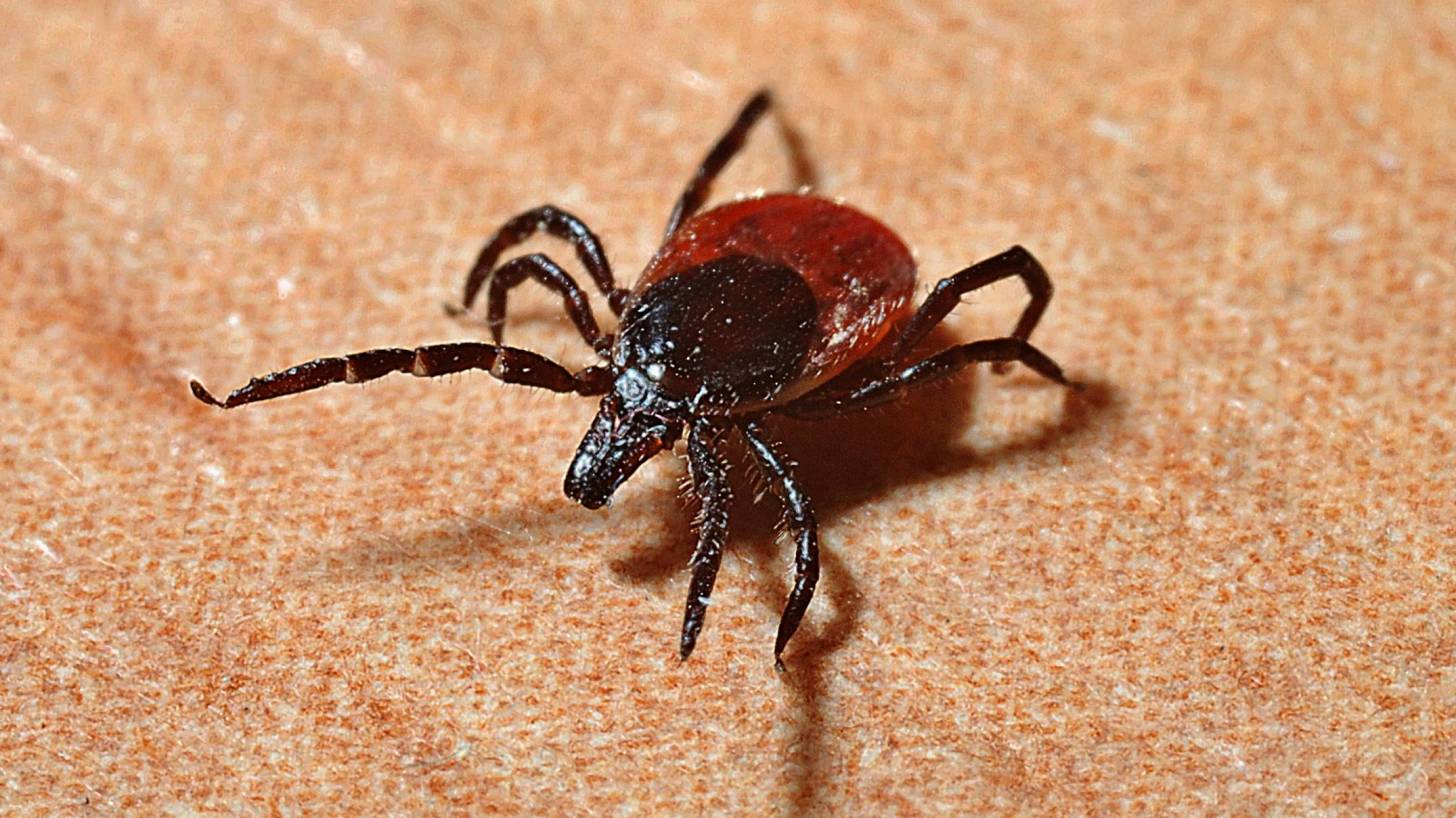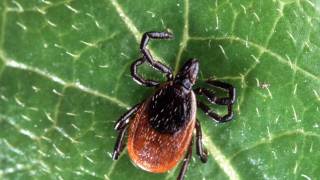Lone Star Ticks Carrying Bourbon Virus

The death of a Missouri woman found to be carrying the Bourbon virus has put this mysterious disease back in the news.
The Bourbon virus, which is believed to be spread by ticks, was first identified at University of Kansas Hospital in 2014, in a man who got sick after being bitten by ticks and later died from Bourbon virus.
The discovery of Bourbon virus, in addition to recent discoveries of tick-associated Heartland and severe fever with thrombocytopenia syndrome viruses, suggests that the public health burden of these pathogens has been underestimated, according to the Centers for Disease Control and Prevention.
The criteria for CDC to initiate testing for Bourbon virus is strict. A patient must have a fever of 100.4 degrees or more, and low white blood cell andplatelet counts.
A research team from the CDC and Missouri Western State University reported their study’s findings in Emerging Infectious Diseases.
Their retrospective analysis included 39,096 Lone Star ticks that had been collected in 2013 from six sites near Bourbon County, Kansas. One tick species, the A. Americanum, accounted for 97.6% of ticks collected.
The A. Americanum tick, commonly known Lone Star ticks, is an aggressive species that feeds on humans, and is abundant in Kansas and Oklahoma. This supports the premise that the Lone Star tick is a vector of Bourbon virus to humans.
The study’s tests identified Bourbon virus in three pools of Lone Star ticks.
They added that the virus still has not been found in non-human vertebrates and that its natural history in the USA remains unknown.
But, the Dhori virus, is most closely related to Bourbon virus. Dhori virus is an ‘Old World’ virus known from Europe, North Africa, and western and central Asia.
There’s no known treatment for Bourbon virus, and tests for Bourbon virus are not widely available. Because there have been few cases identified thus far, scientists are still learning about possible symptoms caused by this new virus.
People diagnosed with Bourbon virus disease had symptoms including fever, tiredness, rash, headache, other body aches, nausea, and vomiting. They also had low blood counts for cells that fight infection and help prevent bleeding.
Since there is no vaccine or drug to prevent or treat Bourbon virus disease, preventing tick bites may be the best way to prevent infection, reports the CDC.
The CDC recommends:
- Wear long sleeves and pants outdoors, especially in wooded areas,
- Use a bug repellent with at least 20 percent DEET,
- Check yourself for ticks when you come inside,
- Place clothes in a dryer on high heat to kill the bugs.
Additionally, ticks are predicted to be more prevalent in 2018.
After two straight mild winters, public health officials are recommending people take precautions to avoid tick-borne diseases, such as Lyme disease and Rocky Mountain Spotted Fever.
“We expect it to be a particularly bad year,” said Dr. Richard Ostfeld, Ph.D. of the Cary Institute of Ecosystem Studies, told CBS News.
Dr. Ostfeld is predicting a jump in human tick spread disease is due to a bumper crop of acorns falling from oak trees nearly two years ago.
“More acorns leads to more mice, leads to more infected ticks, leads to more Lyme disease in us,” Dr. Ostfeld said.
Leading this research was Dr. Harry M. Savage is a research entomologist at the Arboviral Diseases Branch, Division of Vector-Borne Diseases, National Center for Emerging and Zoonotic Infectious Diseases, CDC. Michael Levin provided the colony A. americanum ticks used to generate experimental pools and Mark Delorey for statistical analysis of the titer associated with crossing threshold cutoffs.
No conflicts of interest were disclosed.
Our Trust Standards: Medical Advisory Committee




